Pormezz / Shutterstock.com
The best medications for cat allergies are safe and effective, helping you to live comfortably around cats without drowsiness or other side effects.
That’s why we chose Allegra Allergy 24-Hour Gel Caps as the overall best medication for cat allergies. Made with fexofenadine, these gel caps provide long-lasting relief without drowsiness. The gel caps are easy to swallow and safe for anyone aged 12 and over.
While it’s appropriate for a wide range of people, this allergy medication isn’t right for everyone. To help you find the medication for you, we’ve also rounded up our recommendations for the best allergy medications for people on a budget, the best liquid medications, the best nasal spray, and more.
Before we jump into the reviews, let’s talk about the different types of medications for cat allergies and how we chose our top recommendations.
At a Glance: Best Medication for Cat Allergies To Buy




Want a quick look at the products reviewed in this article? In the comparison table below, we’ve highlighted some of the most important features of each product. You’ll find more detailed information about each product later in the article.
Allegra Allergy 24 Hour Gel Caps (Fexofenadine)
- Fast-acting formula
- 24 hour protection
- Known for effectiveness
Zyrtec 24 Hour Allergy Relief Tablets
- Effective
- 24-hour allergy defense
- One of the best-loved allergy medications on the market
Basic Care Aller-Ease, Fexofenadine Hydrochloride Tablets
- Provides consistent allergy relief without side effects
- Significantly more affordable than the name brand alternative
- 24 hour allergy defense
Nasacort Allergy 24 Hour (Triamcinolone)
- Highly effective in managing nasal symptoms
- Easy to administer
- Non-irritating and scent-free
Basic Care Children's All Day Allergy Cetirizine HCl Oral Solution
- Appropriate for children 2 years and older
- Effective
- Grape flavored liquid is easy to drink
Types of Medications for Cat Allergies
Antihistamines
Antihistamines block histamine, which is a biochemical messenger that triggers the immune response we characterize as an allergic reaction.
Hate drowsiness and want to feel fresh? Choose new generation antihistamines.
Antihistamines were developed in the 1940s. Early antihistamines penetrated the blood-brain barrier to reach histamine receptors in the brain.
Older antihistamines are referred to as first-generation antihistamine drugs. The older that an antihistamine is, the greater the likelihood of drowsiness and other side effects. These antihistamines are still on the market today. Perhaps the best-known example is Benadryl or diphenhydramine.
In the 1980s, scientists developed the second generation of antihistamine drugs.
New antihistamines cross the blood-brain barrier to a lesser extent than do first-generation antihistamines. Consequently, they cause fewer side effects and are usually non-drowsy.
They’re usually longer-lasting, allowing you to dose once daily rather than once every few hours.
For most allergy sufferers, newly-developed antihistamines provide relief without side effects.
Types of First-Generation Antihistamine Medications for Cat Allergies:
- Chlorpheniramine (ChlorTrimeton)
- Diphenhydramine (Benadryl)
- Promethazine (Phenergan)
- Hydroxyzine (Vistaril)
Types of New-Generation Antihistamine Medications for Cat Allergies:
- Loratidine (Claritin)
- Cetirizine (Zyrtec)
- Levocetirizine (Xyzal)
- Fexofenadine (Aller-ease, Allegra)
- Nasal Steroid Sprays
Not to be confused with the anabolic steroids your jacked-up brother-in-law probably uses, corticosteroids target inflammation to minimize allergy symptoms.
Nasal steroid sprays fight the stuffiness, itching, and runniness that make you and your nose miserable. Sensitive individuals may find that nasal steroids make their nose feel even worse. Side effects are rare, but they include nosebleeds and, ironically, runniness.
Types of Nasal Steroid Medications for Cat Allergies:
- Budesonide (Rhinocort)
- Fluticasone (Flonase)
- Triamcinolone (Nasacort Allergy 24HR)
- Decongestants
Decongestants shrink the blood vessels in your nose, promoting airflow and helping you breathe easier. This is great when you haven’t breathed through your nostrils all day, but it’s important to remember that with shrunken blood vessels comes increased blood pressure. If you already have high blood pressure, this could be a problem.
Decongestants pose a risk to those suffering from glaucoma, heart conditions, diabetes, and thyroid disease. In essence, decongestants can help you breathe, but they can also make other problems a lot worse.
Therefore, decongestants aren’t a good choice for most cat allergy sufferers.
Types of Decongestant Medications for Cat Allergies:
- Pseudoephedrine (Sudafed)
- Allegra-D
- Claritin-D
- Zyrtec-D
Watch out for medications that contain acetaminophen.
Acetaminophen, the active ingredient in Tylenol, is added to some allergy medications to relieve headaches or other allergy-related pain. But it might not be a great inclusion in your allergy meds. Some medications contain 650mg of acetaminophen in every dose. With a dosage frequency of every four hours, a day of allergy medications would come with nearly 4,000mg or a maximum dose of acetaminophen in one day.
If you’re just feeling a little bit scratchy in the throat, a maximum dose of painkillers isn’t necessary or beneficial. And remember—acetaminophen isn’t necessarily harmless.
The Best Medication for Cat Allergies: Our Top Picks Reviewed
Remember—Allergy Medications Are Just One Part of Your Cat Allergy Treatment Plan.
We mentioned at the beginning of the article that medications aren’t a complete solution. With a multifaceted approach, you can reduce your cat allergies to a manageable level. Here are a few steps to bring you closer to that goal.
Start With the Allergens on Your Cat
Remember that cat allergens are secreted in your cat’s skin, saliva, and urine. By removing those allergens from your cat’s body, you can cut back on the allergens in your environment. If possible, a non-allergic individual should handle these tasks.
Wash Your Cat, Potentially Using an Allergen-Blocking Shampoo.
While washing with an ordinary shampoo or dish soap will help, an allergen blocking shampoo may be even better. There’s some evidence that allergen-blocking shampoos can neutralize dander. Just don’t bathe your cat more than once or twice a week. Any more could dry out their skin.
Minimize Shedding.
While cat hair isn’t allergenic itself, it carries dander and saliva, both of which contain cat allergens. By brushing your cat and throwing away the hair, you’ll minimize the amount of hair and dander in your home.
Keep Your Cat’s Skin Healthy.
Unhealthy skin breaks and flakes and sprinkles through your house. By improving your cat’s skin and coat health, you can minimize the amount of allergenic dander in the area. Omega-3 fatty acid supplements and a stellar diet can keep your cat’s skin and coat supple and strong.
Reduce Allergens in the Environment.
At roughly 1/10th the size of a dust allergen, these microscopic particles become airborne and remain in the environment for up to 6 months after the cat is no longer in the area. Regular cleaning is a necessity for those with cat allergies. Here are a couple ways to make a big impact.
Also Read: Best Dust Free Cat Litter Guide
Use an Air Purifier.
Capture airborne allergens with an air purifier. Not all air purifiers are equal, but the best ones capture these microscopic particles and make a big difference for allergy sufferers.
Also Read: The Top 5 Best Air Purifiers for Pet Hair, Dander, Allergies, and Odor
Vacuum Regularly
A powerful Roomba vacuum removes cat hair and dander from carpet and upholstery. If you choose one with a HEPA filter and minimal exhaust, allergenic particles will remain trapped in the vacuum and won’t re-enter the environment.
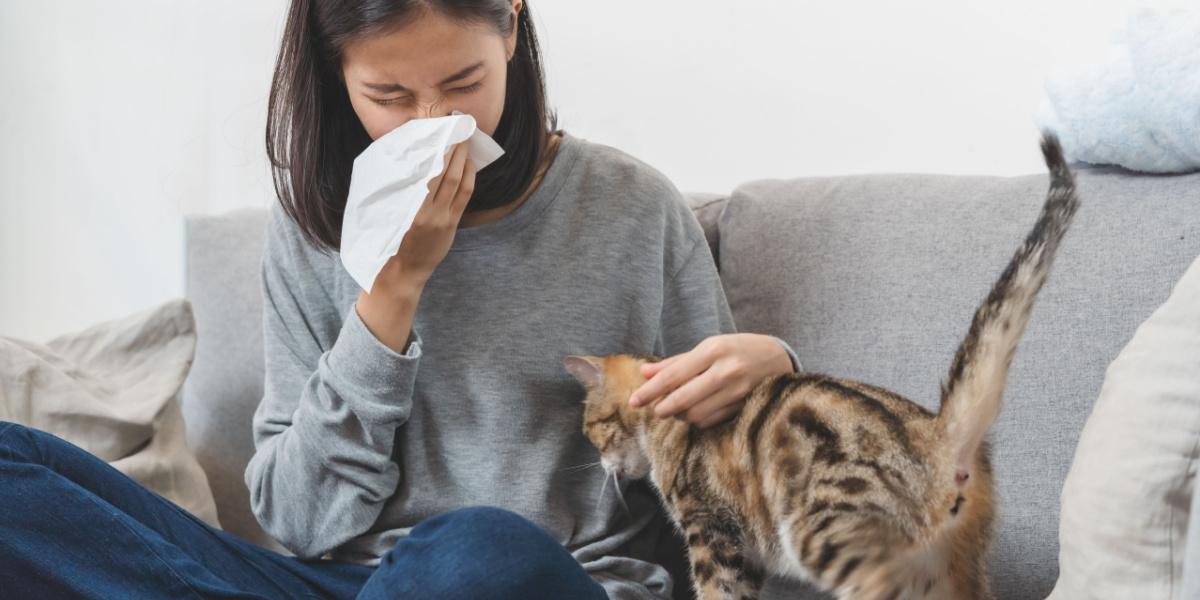
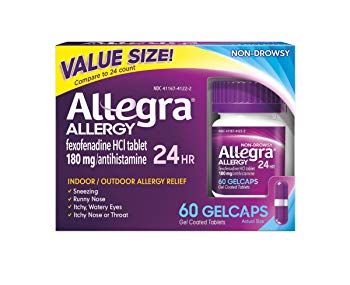
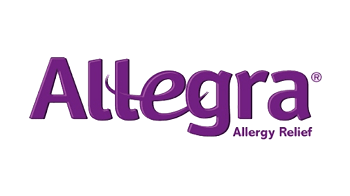
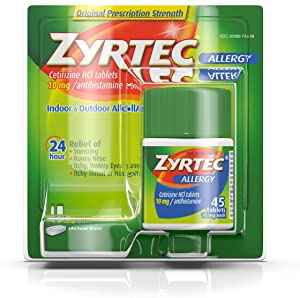
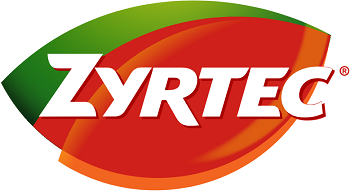
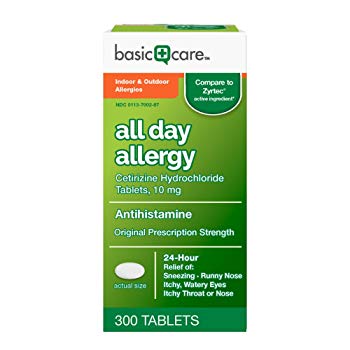
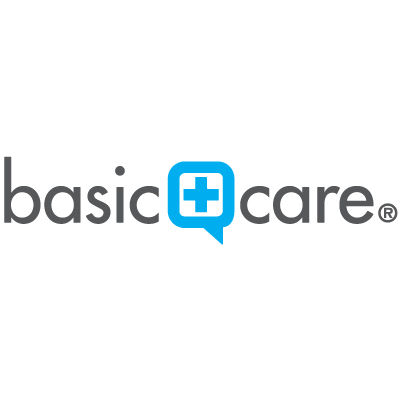
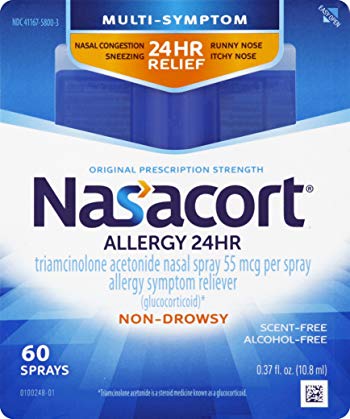

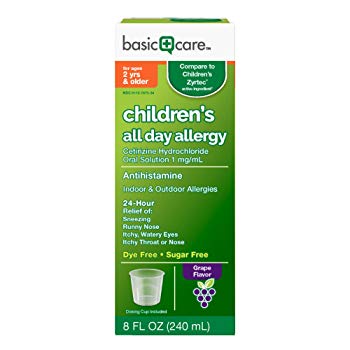
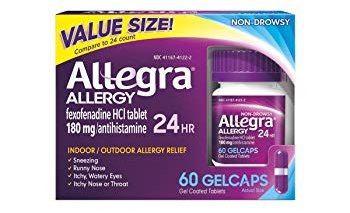



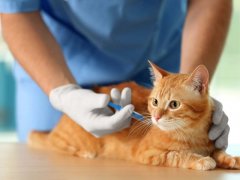
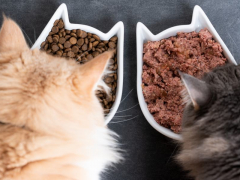
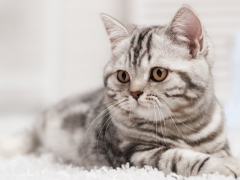

How much do you give them cat
Hi Mary,
Are you asking how much allergy medicine you should give a cat?
It’s best to consult your veterinarian before giving your cat an antihistamine or other medication for allergies. Of the drugs available, cetirizine (the active ingredient in Zyrtec) is the safest and most widely used in veterinary practice. Dr. Shelley Knudsen, DVM of All Feline Hospital in Lincoln, Nebraska recommends “½ of a 10mg tablet (5mg) once daily.” If you want to take a safer route, consider salmon oil or fish oil. Fish oil is rich in omega-3 fatty acids, which can reduce allergy-caused inflammation without any known side effects.
Hope this answers your question.
– Mallory
when I’m around cats my throat closes up or at least that’s what it feels like. What allergy medicine should I use? I’m very allergic to them.
I would recommend talking to your doctor for a personalized recommendation.